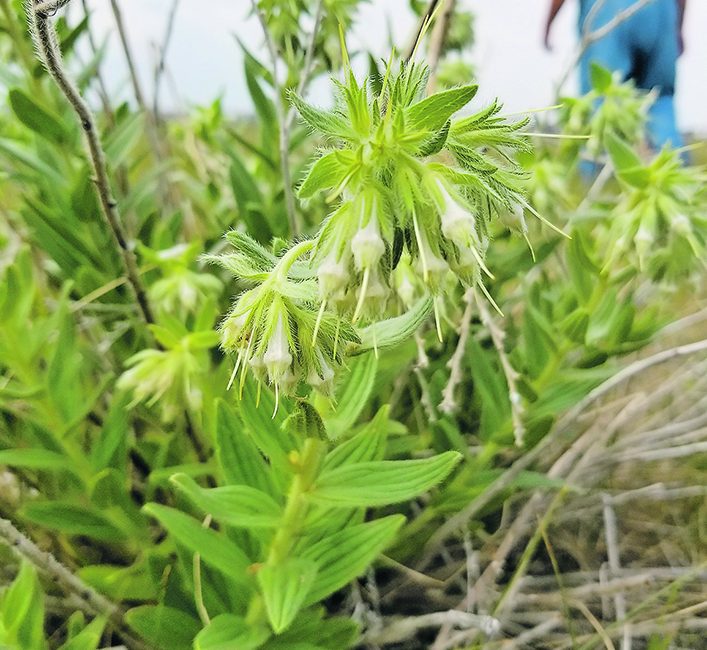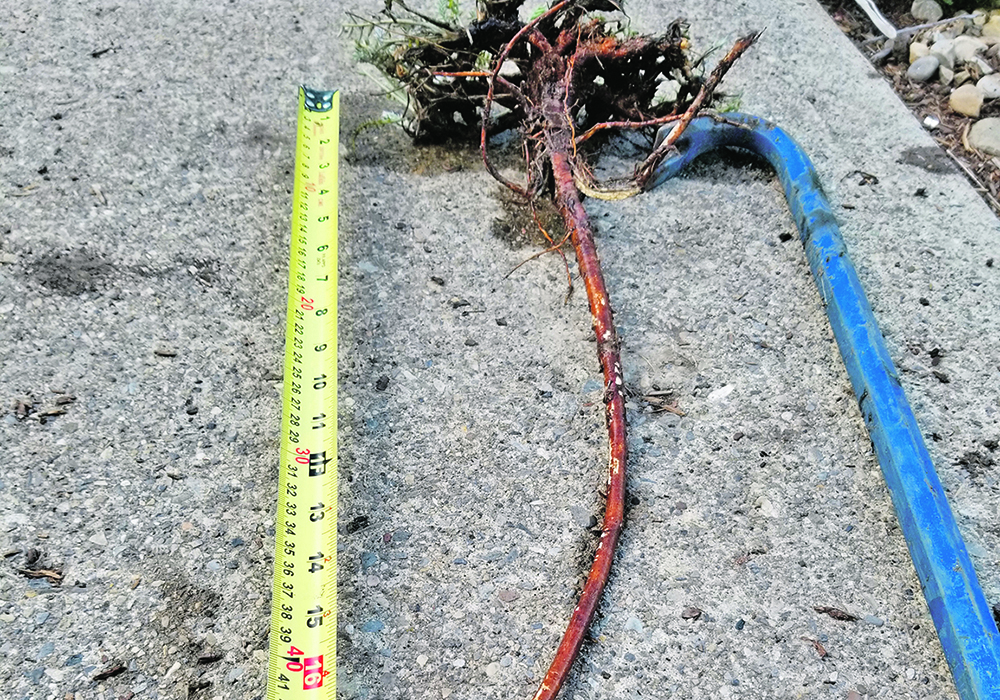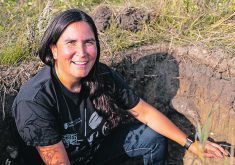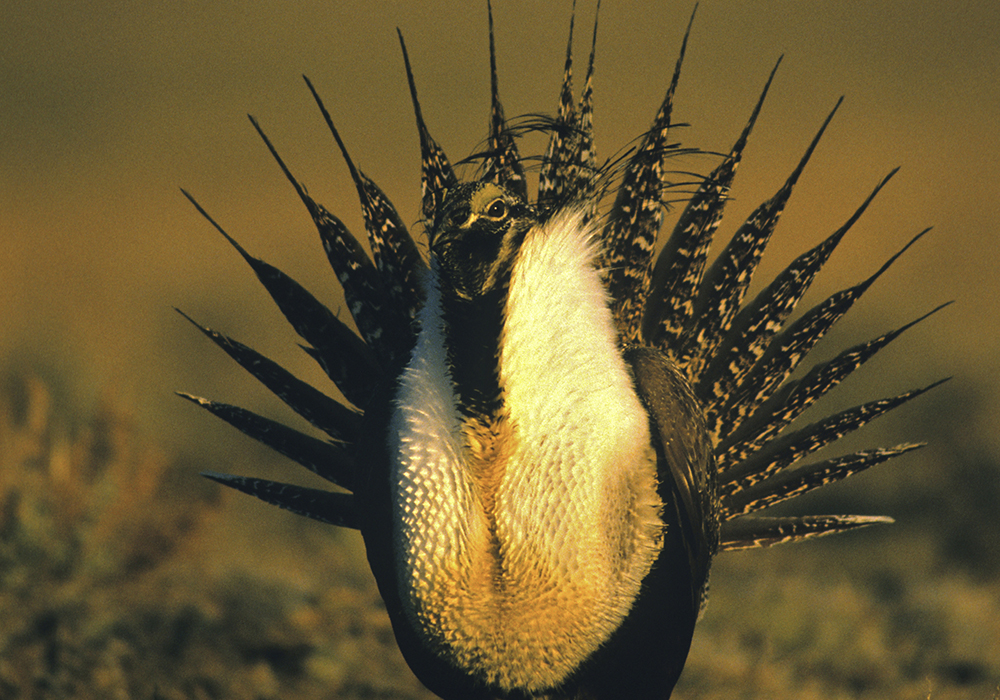A grassroots plant group in Alberta works with developers to conserve native species that are at risk of disappearing
With more than 75 percent of native grassland on the Prairies already lost, one conservation group organized and got to work when a major new interchange was slated to begin construction on uncut grassland near Cochrane, Alta.
The Alberta Native Plant Rescue, a grassroots and loosely organized group of volunteers, came together late last year with buckets, shovels and a lot of elbow grease to save as many plants as they could before the excavators and backhoes moved in.
It kicked off the start of something organizers and developers hope will become a regular part of infrastructure initiatives across the Prairies.
The planned interchange at the intersection of highways 1A and 22 has been in the planning stages for years. Daily traffic congestion as Cochrane has grown plus weekend congestion as cars flowed into the mountains from Calgary has become an increasing source of frustration for many, according to Ray Predika, a capital projects engineer with the Town of Cochrane.
“The plan started in the late ’90s,” he said. “In 2018 that’s when they first started looking at building the interchange.”
Plans for the proposed infrastructure project were shared widely on Facebook and that’s where Blake McNeill, an active participant in a native plant identification group, saw them.
“There are 11,000 members in this group,” said McNeill. “Last year, one of our guys — he’s a walker — posted a list of plants that would be lost. Now we know you can’t stop the project; it needs to be done. But we started asking ourselves what we could do.”
“We started getting hold of people and came up with rescuing plants.”

Working out how to get plants off the site, up to now a part of the Cochrane historic ranch site, was a challenge for the group. McNeill reached out to Predika and together, the two of them came up with a plan.
“There was town water and sewer on the site that needed to be moved and Blake approached us directly,” said Predika. “I thought it was a great idea.”
This is the first time in Predika’s career that rescuing native plants has ever come up in relation to infrastructure projects.
“We had to get the province’s permission but these people made it easy. I’m very happy it worked out. They were great people to work with.”
With a successful first collaboration under their belts, the new group turned its attention to the Ricardo Ranch, owned in part by Genesis Land Development Corp., a planned development in southeast Calgary.
“It’s an old ranch in an environmentally sensitive area,” said McNeill. “How do we go about getting those guys? We were back to pounding on doors and trying to make connections. We got in with Genesis (one of the development partners) and about 10 minutes into my elevator pitch, they said, ‘yes.’”
In fact, Genesis was so convinced by the work the volunteers proposed that it offered to help open doors with neighbouring developers.
In a statement by Brendan McCashin, vice-president for land development, the company wrote it was “enthusiastic about future opportunities to collaborate,” and we’re looking forward to replanting native species harvested from the site.

“These sorts of neighbour collaborations lead to great ideas and better communities,” he wrote. “People who connect with their neighbours, with nature and with each other are happy, engaged and passionate community members.”
As the Alberta Native Plant Rescue looks ahead, McNeill says it’s important for members of the public to be engaged but cautions against rogue harvesting or taking plants that don’t need rescuing.
“What really makes our rescue successful is we have experts who can take you around,” he said, pointing out that harvesters include academics and specialists in all kinds of native flora. “The expertise is phenomenal and so is the willingness to share it.”
Little blue stem, prairie smoke, blazing star, showy locoweed and grasses by the bagful made their way into gardens across the region.
Predika said it was incredible to watch and he hoped it will continue.
“It would be great if other towns or land developers would have this as part of their pre-ground-breaking… it boils down to them believing in the value of the work.
“You know, the prairie crocuses were really an a-ha moment for me,” he said. “I was surprised at how old the flowering crocuses were. It can be 30 years or longer from seed to first flower…. Big clusters can be over 100 years old, older than the province. You can’t just go out and plant them and expect them to flower.
“Not in our lifetime, anyway.”















